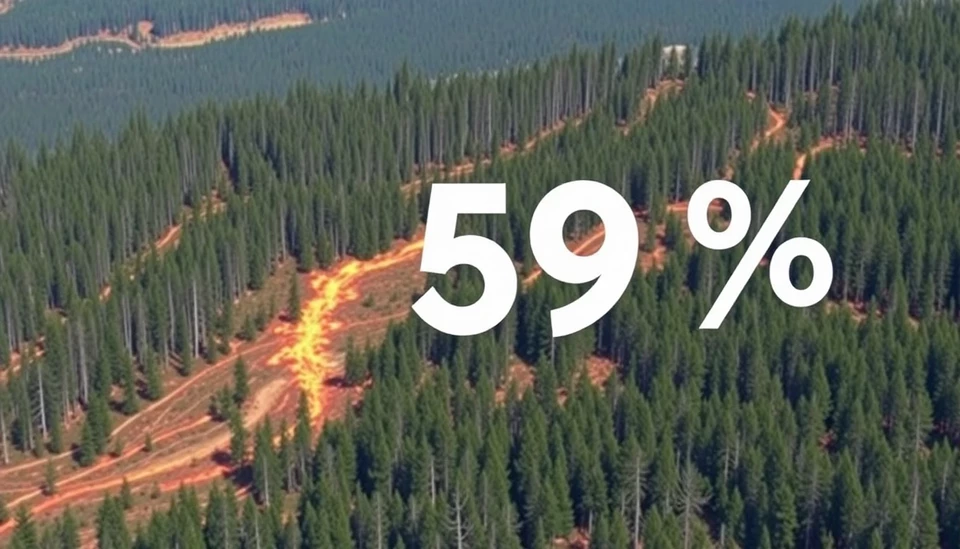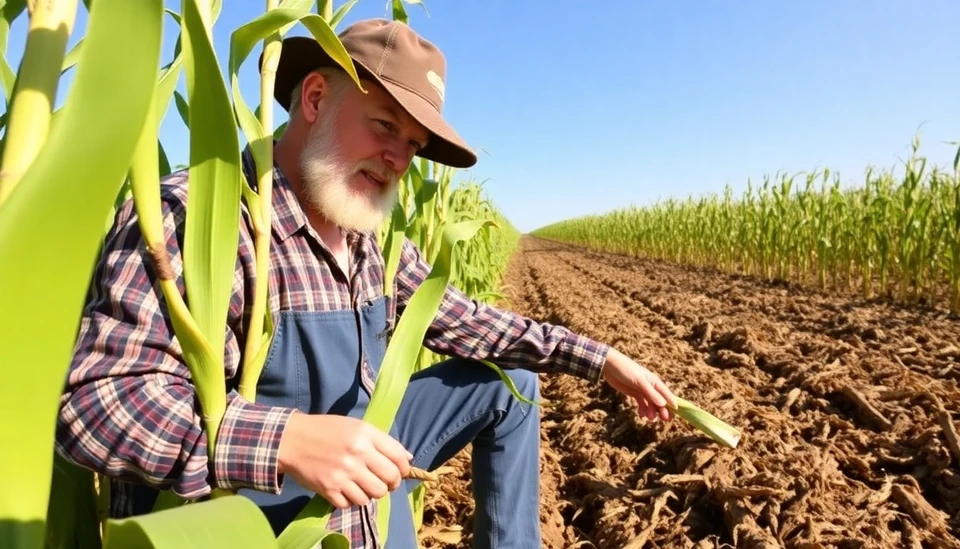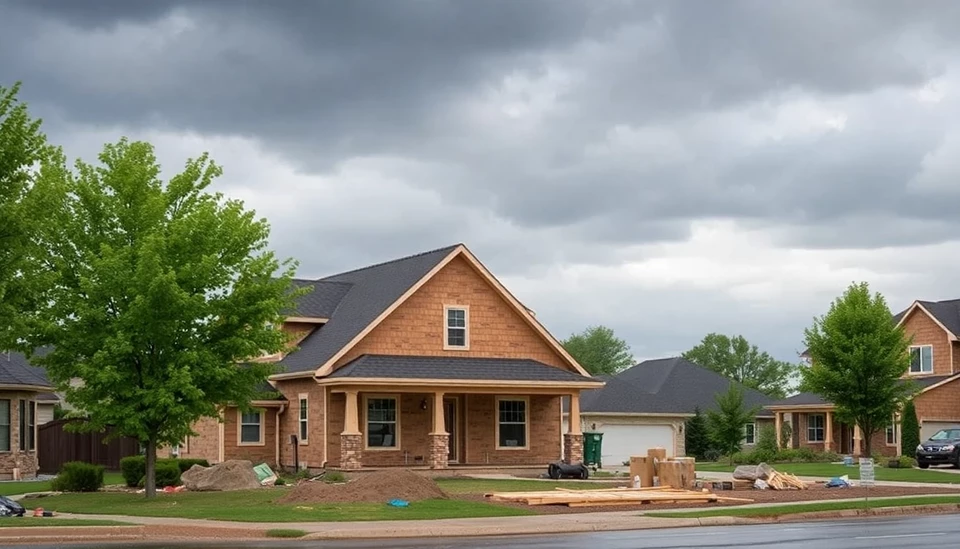
In a significant move aimed at reducing the growing threat of wildfires, the U.S. Department of Agriculture (USDA) has announced the opening of 59% of federal forests for logging. This controversial decision is part of a broader strategy to manage fire risks effectively and maintain the ecological health of these forested areas.
The USDA, recognizing the uptick in wildfire incidents over the past several years, states that this initiative is critical for mitigating fire hazards that endanger not only wildlife and forests but also local communities. With climate change contributing to the increased frequency and intensity of wildfires, federal agencies are under pressure to implement proactive measures.
According to the USDA’s announcement, this decision will allow for selective logging practices across vast stretches of land previously deemed off-limits. The intent is to thin densely packed trees, remove deadwood, and create fire breaks to help arrest the spread of wildfires. Logging is being promoted as a dual-purpose tool—both to manage the forest ecosystem actively and to provide a source of timber that can benefit local economies.
This policy shift is not without its critics. Environmental groups argue that increased logging could lead to long-term damage to ecosystems and biodiversity. They contend that the focus should instead be on restoring and improving forest health through conservation strategies rather than commercial logging interests.
Despite these concerns, USDA officials assert that their priority is safety and sustainability. They maintain that careful planning and management will accompany the logging initiatives to minimize environmental impacts. Additionally, they argue that proper forest management can enhance habitats for wildlife, ultimately bolstering forest resilience against fire threats.
The opening of these federal forests for logging has sparked a heated debate among stakeholders. Proponents highlight the potential economic benefits, including job creation in the logging and timber industries, while opponents warn about the ecological implications of large-scale logging and its capacity to exacerbate climate change issues.
In the coming months, the USDA will be working closely with local forestry experts, conservationists, and community stakeholders to iron out the details of the logging program and ensure it aligns with both economic and ecological objectives. The goal is to establish a balanced approach that seeks to benefit both the environment and local economies.
As the situation develops, all eyes will be on the impending outcomes of this bold policy. Will it effectively reduce wildfire risks, or will the repercussions in terms of environmental degradation manifest in the years to come? Only time will tell as stakeholders analyze the impact of expanding logging activities within the nation’s crucial forested landscapes.
As the USDA continues to navigate through this contentious path, the decision reflects a growing urgency to respond to an ever-present and evolving climate crisis impacting millions of lives. The agency's actions in the coming months will be vital in determining the future of federal forests across the U.S.
#USDA #Logging #WildfireManagement #ClimateChange #ForestConservation #Environment #Sustainability #FederalForests #WildfireRisk #EcosystemHealth
Author: Megan Clarke




